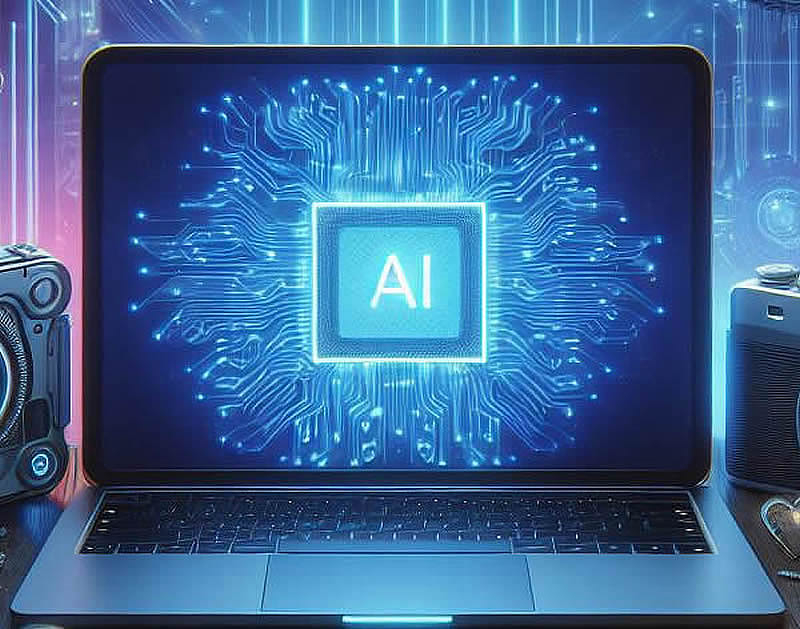At Microsoft’s annual Ignite conference, the company unveiled its vision for the future of PC workflow, powered by Copilot artificial intelligence. Microsoft intends to make Copilot not just a supporting feature, but a central part of the user experience, bringing together multiple agents to perform different tasks.

Image source: Copilot
Copilot will become a kind of super application through which users will be able to perform most of the tasks, explains PCMag. When opening Copilot, the user will see two main modes – Work and Web. In Work mode, Copilot accesses Microsoft Graph data, including emails, Teams chats, and SharePoint documents to perform tasks based on context. For example, to create a list of tasks or generate proposals for collaboration through the Bizchat tool.
The user can assign many different tasks to Copilot, which are often performed by special AI agents, which are either standard Microsoft agents or specific ones created by companies. This is essentially what Microsoft CEO Satya Nadella meant when he said, “Copilot is a user interface for AI.” That is why the phrase was repeatedly heard at the conference: “Every person should have a Copilot, and every business process should have its own AI agent.”
It is worth noting that Copilot already demonstrates impressive capabilities today. For example, a user may be asked to prepare an agenda for a meeting by reviewing correspondence and documents related to the participants. The resulting document can be edited and sent to colleagues via Bizchat for collaboration. Microsoft also introduced agents with narrow specializations, such as a translator, an HR agent, a facilitator and a project manager.
The interpreter performs simultaneous translation while maintaining the intonation and timbre of the voice. An HR agent is able to answer employee questions about corporate policies or provide information about salaries and benefits. The project manager will assist in creating the project plan. Finally, the facilitator will take notes during Teams meetings and create a task list. Although these tools are in early testing, they are already generating interest due to their potential to reduce costs and improve business processes.
It is worth saying that the implementation of Copilot is simultaneously associated with a number of challenges. As Herain Oberoi, general manager for data security, noted, the shift to AI tools opens up new vulnerabilities. To solve this problem, Microsoft is offering an updated suite of security tools, including Purview Data Loss Prevention, which allows you to classify data and control access, and will also introduce a system of protection against bias in AI models and prohibited content. At the same time, administrators will be able to control which AI models should be used and which should not, from more than 1,800 available on the Azure platform.